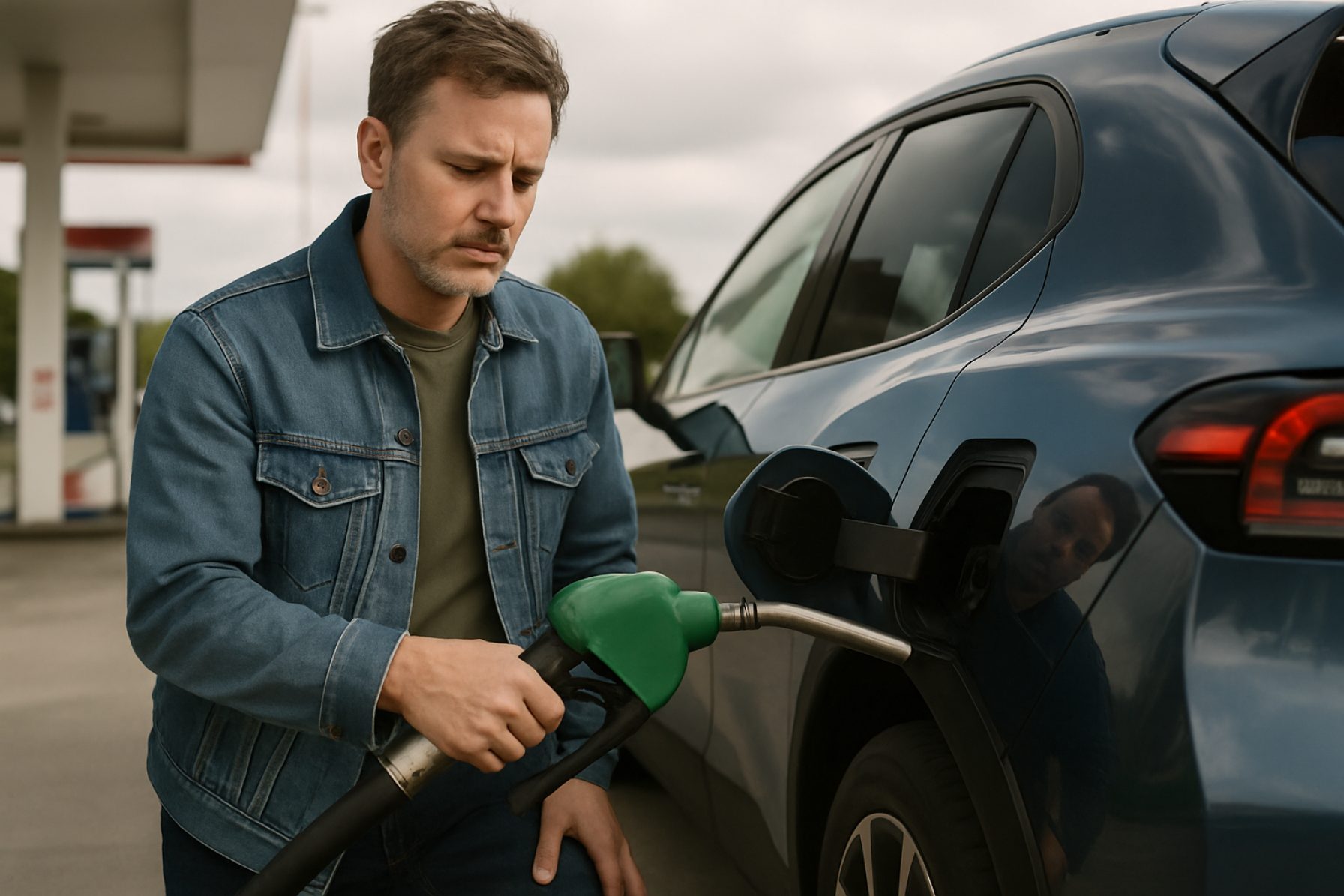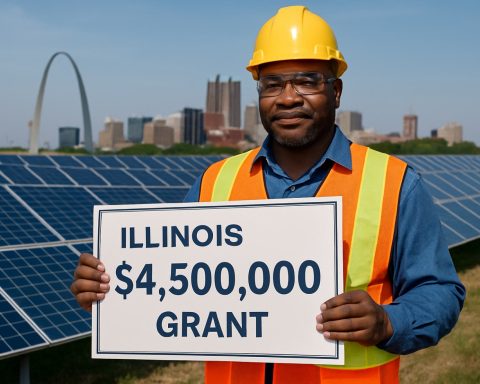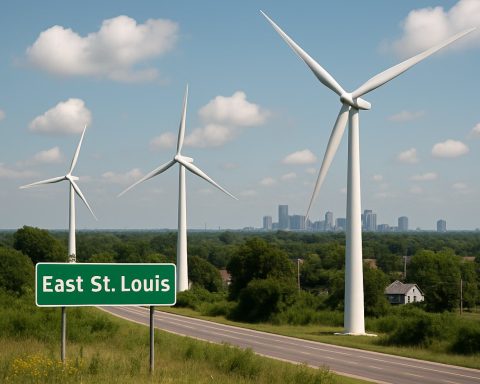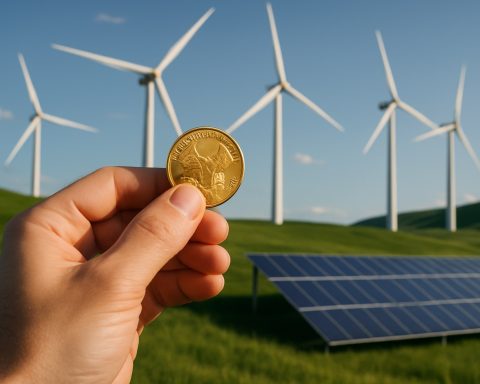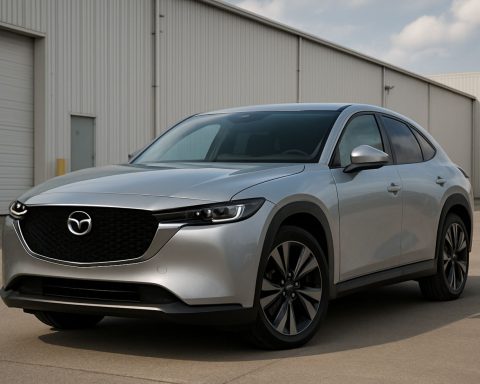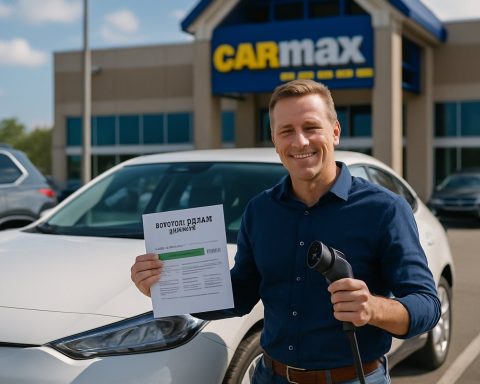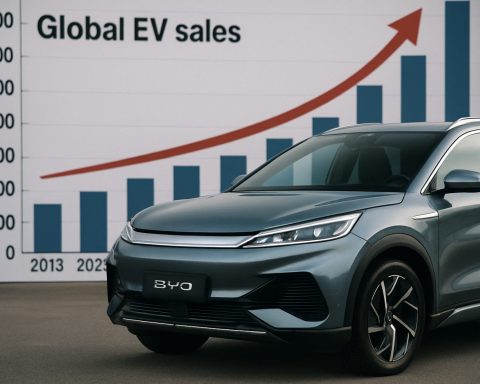Startling New Survey Reveals Record-High Skepticism Toward Electric Cars—Are EVs Losing Their Charge?
AAA’s 2025 survey shows U.S. car buyers’ interest in EVs plunging to a five-year low, with high costs and charging fears leading the worries.
- 16% of U.S. adults are likely to buy an EV—lowest since 2019
- 63% are unlikely to consider an EV for their next vehicle
- 194,824 public charging outlets nationwide serve 5.8 million EVs
- 10.2% of new light-duty vehicle sales in 2024 were EVs
Interest in electric vehicles (EVs) in the United States has hit the brakes, dropping to levels not seen since 2019, according to AAA’s latest consumer survey. Despite a record number of new EVs rolling onto American roads and government incentives still up for grabs, drivers remain hesitant—raising red flags for automakers betting big on a fully electric future.
AAA surveyed U.S. adults in March 2025 and found only 16% felt “very likely” or “likely” to pick an all-electric vehicle next—down sharply from prior years. Alarmingly, 63% said they were “unlikely” or “very unlikely” to buy electric, the highest hesitation rate in over half a decade.
Why Are Car Buyers Reluctant to Go Electric in 2025?
AAA’s findings pull back the curtain on the biggest pain points keeping Americans away from all-electric vehicles. Topping the list: jaw-dropping costs for battery repairs (62%) and steep up-front prices (59%). Many drivers also said EVs still feel inconvenient for long road trips (57%) and that public charging stations are still too scarce (56%). Over half of those surveyed worry about running out of juice mid-journey (55%), a fear known as “range anxiety.”
Safety concerns (31%), home-charging installation challenges (27%), and waning government tax credits (12%) have further muddied consumer confidence. According to AAA’s “Your Driving Cost” report, EVs had the second-highest total ownership costs compared to all other vehicle types in 2024—mostly due to depreciation, sticker price, and financing.
What’s Driving the Shift in Consumer Thinking?
Just a few years ago, the 2022 gas price surge saw nearly 77% of EV shoppers motivated by the promise of slashing fuel costs. Today, gas prices are lower—averaging between $3 and $3.50 per gallon according to AAA—shrinking the urgency to make the switch. Environmental benefits and lower long-term maintenance costs remain motivating factors, but their pull appears weaker as doubts stack up.
In fact, the share of Americans who believe most cars will be electric in the next decade has plummeted, from 40% in 2022 to just 23% in 2025.
Are EV Sales Really Stalling Out?
Surprisingly, the data tells a more complex story. Even with rising consumer reluctance, EV sales are inching up. As of Q4 2024, EVs made up 10.9% of new light-duty vehicle sales—up from 10.2% the year before, per the Alliance for Automotive Innovation. Light trucks continue to dominate EV sales, accounting for over 80% of the market.
States like Colorado (26.4%), California (26.2%), Washington (21.3%), and DC (20.3%) are blazing a trail, with over one in five new registrations going electric. Still, the boom is straining charging infrastructure. With 5.8 million EVs and just under 195,000 public charge outlets nationwide, there are roughly 30 vehicles fighting for each plug. In Q4 alone, 433,843 new EVs hit the roads while only 9,701 public charging ports were added—a pace that spells trouble for long-term growth.
Will Hybrids Become the Top Choice?
With tax credits drying up and infrastructure lagging, hybrids and plug-in hybrids are stealing the limelight. These vehicles blend traditional engines with electric power, letting drivers reduce emissions and save on fuel—without losing the range and reliability of gas. AAA points out that this compromise “meets today’s diverse needs and preferences,” softening the learning curve for those wary about going fully electric.
How Can Drivers Decide If an EV Makes Sense for Them?
If you’re on the fence, weigh these factors:
- Compare total ownership and fuel costs at sites like energy.gov
- Check public charging maps at PlugShare
- Factor in all incentives—federal, state, and local—before subtracting potential tax credits
- Test drive different EV and hybrid models for range and comfort
- Calculate your daily commute needs versus available charging infrastructure
Is the Future Still Electric?
EVs are gaining share—but slowly. As battery technology advances and public charging becomes more accessible, those numbers could accelerate. For now, automakers and policymakers face a race against consumer skepticism and infrastructure gaps. The next few years will be crucial in determining how quickly America truly goes electric.
Considering an EV or Hybrid? Start Your Research Today!
- ✓ Check your local and federal incentives
- ✓ Review real-world charging maps and charger wait times
- ✓ Compare insurance, maintenance, and battery repair costs
- ✓ Consider hybrids and plug-in hybrids as flexible alternatives
- ✓ Stay updated: Trends may shift as new tech and policies emerge

